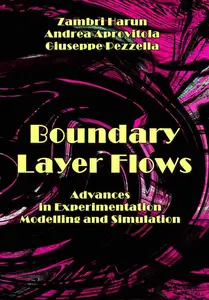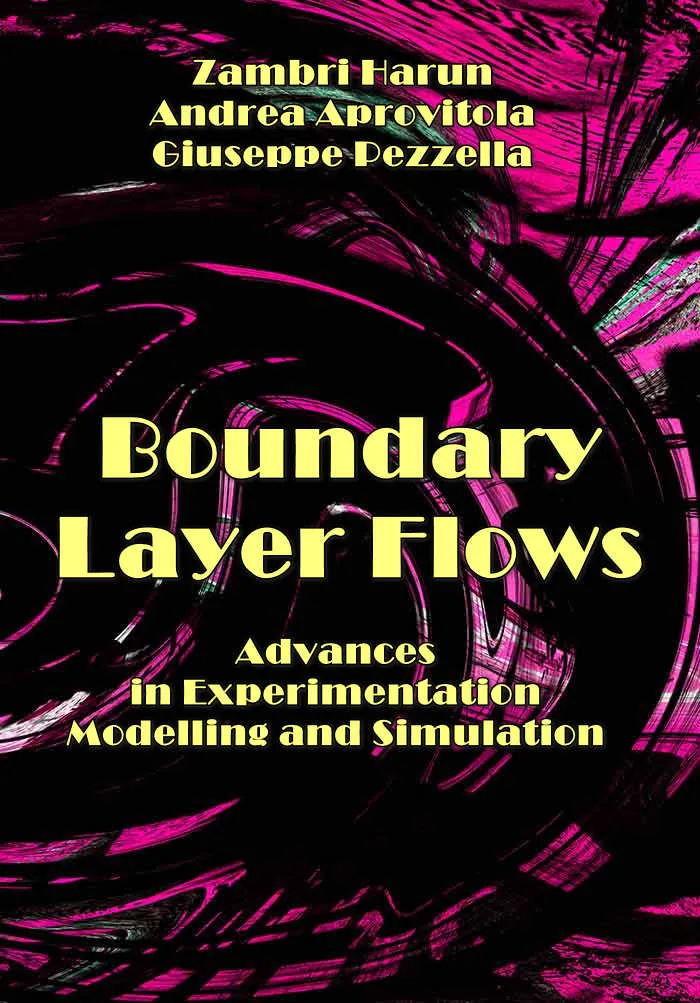"Boundary Layer Flows: Advances in Experimentation, Modelling and Simulation" ed. by Zambri Harun, Andrea Aprovitola, Giuseppe Pezzella
ITexLi | 2024 | ISBN: 1837698341 9781837698349 183769835X 9781837698356 1837698368 9781837698363 | 126 pages | PDF | 16 MB
ITexLi | 2024 | ISBN: 1837698341 9781837698349 183769835X 9781837698356 1837698368 9781837698363 | 126 pages | PDF | 16 MB
This book highlights the experimental and theoretical aspects of wall-bounded flows to provide important information about related theories and applications. Chapters present the results of research on the active control technique for drag reduction initiatives to achieve efficient turbulence in high-speed applications, flow meter devices, and turbulence-generated noise mitigation initiatives.
Fluid mechanics is a branch of physics with important applications in daily life. The calculation of flow drag on automobiles and high-speed trains benefits from theories in fluid mechanics. Moreover, many mechanical-based devices such as fluid pumps contribute to efficiency, and thus, to the modernization of society.
Boundary layer flow experimentation, modelling, and simulation must be considered together to obtain accurate calculations of parameters such as velocity profiles, pressure distribution, and turbulence level. This book is organized into three sections on the structure of the boundary layer, drag reduction initiatives using active control, and the verification and applications of flow mechanics. Chapters discuss the boundary layer type of different pressure gradients, Reynolds number, and speeds from 5 m/s to Mach 3.
Contents
1. Wind Tunnel Measurement Techniques
2. Novel Approach for Turbulent Flow- and Onset Analysis
3. On Drag Reduction by Spanwise Wall Oscillation in Compressible Turbulent Channel Flow
4. Active Flow Control and Its Applications in Supersonic Boundary Layer
5. Falkner-Skan Experimental Verification Failure for Airflow on a Wedge
6. The Influence of Flow Admixtures to the Electromagnetic Flow Meter Accuracy
7. Early Advancements in Turbulence-Generated Noise Modelling: A Review
1st true PDF with TOC BookMarkLinks
More : You find here



